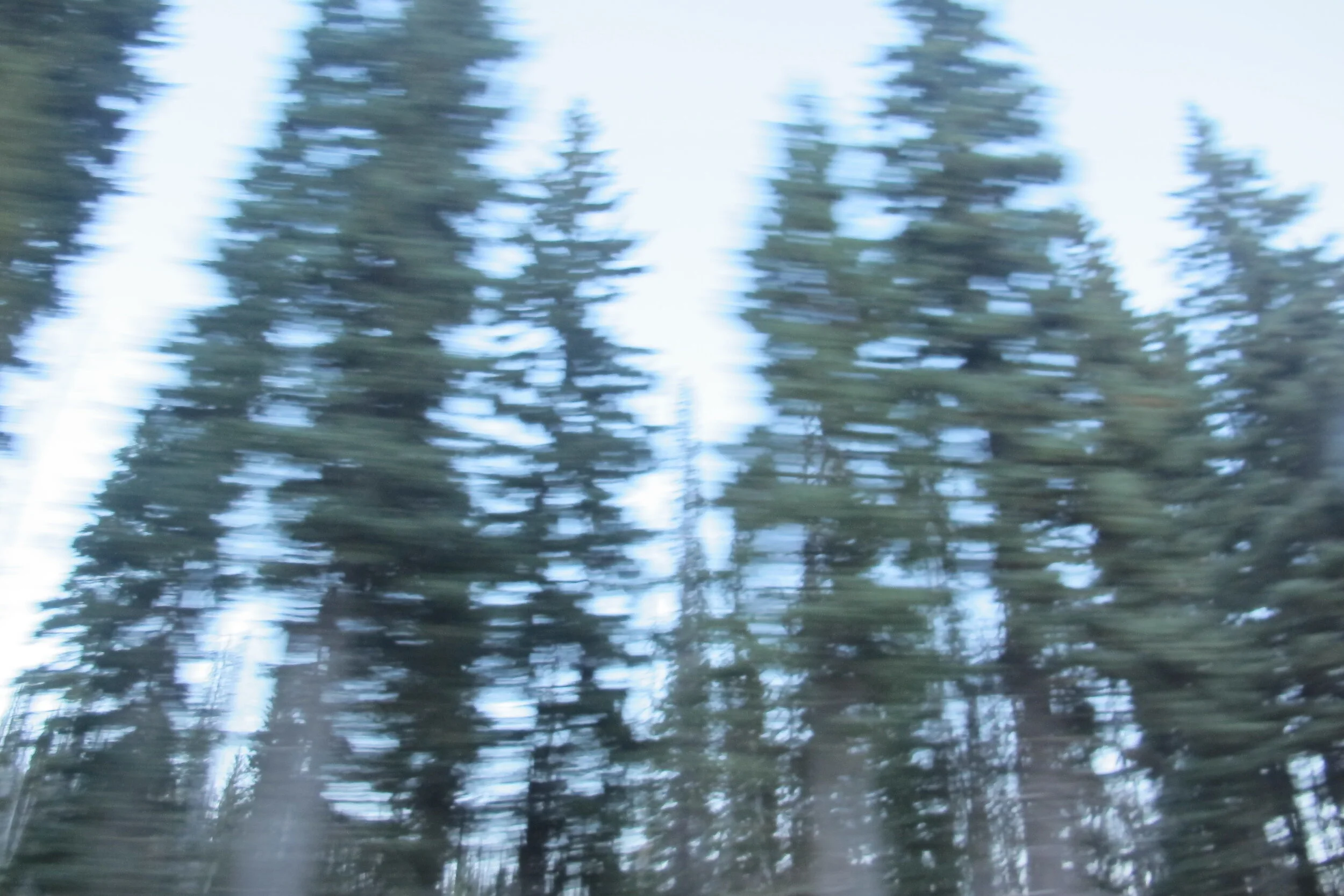OICR Living Forest Initiative
In the last three decades alone, according to the United Nations’ Food and Agriculture Organization, “it is estimated that 420 million hectares of forest have been lost through conversion to other land uses,” with only one-third of the world’s remaining woodlands constituting primary forests, “naturally regenerated forests of native tree species where there are no clearly visible indications of human activity and the ecological processes are not significantly disturbed.” At the same time as deforestation and forest degradation are proceeding at alarming rates, it remains the case that humans and other animals remain dependent on forests for their well-being, nay, for their very lives. Indeed, according to the same critical report, “Forests provide habitats for 80 percent of amphibian species, 75 percent of bird species and 68 percent of mammal species.” Without forests, life would simply come to an end as we know it. Significantly, we do not know exactly what forests are. What we do know is that, like human beings, compromise and damage can prove fatal to their integrity as living, breathing entities comprising complex systems.
More than half of all the world’s forests are located in but five countries—Brazil, Canada, China, the Russian Federation, and the United States. Under the circumstances, these countries have a special obligation to their inhabitants, indeed, to all the inhabitants of the Earth. Almost none of the virgin forests of the lower 48 states of the U.S. remain today, and here in the Pacific Northwest, most of the remaining forests are slated for logging. Research recently carried out using Light Detection and Ranging (LIDAR) technology has uncovered the grim fact that the logging of old-growth trees continues in the last of the great forests of the West Coast, most of which are situated on public land but nevertheless threatened by special interests and governmental corruption. Large numbers of old and venerable trees, some ancient, are daily being destroyed along with the many animals that live in, on, and among them.
The Living Forest Intiative is part of OICR’s multi-pronged approach to ecological and environmental work, which includes campaigns, notably, the Coalition to Save the Elliott State Forest (Oregon’s first public forest) and the campaign to save the Northern Spotted Owl and its critical habitat; “Readings for Now” Seminars, devoted to reading together thinkers who can help make sense of current crises (see, in particular, “What Would a Bird Be without a Tree, a Tree without a Bird?” [#7] and “Why a Forest Should Never Be a Laboratory” [#8]); Public Awareness Campaigns, including a pamphlet series; and internships and apprenticeships in the School of the Oregon Institute. In addition, the Institute, in both its current and past iterations, sponsors international prizes, such as the Hannah Arendt Prize in Critical Theory and Creative Research (whose upcoming theme is devoted to the Animal); carries out collaborations on projects that bring together art and ecology (for example, Korean photographer Atta Kim’s “Drawing Nature” Series); and hosts a major speaker series that features ecologists and environmentalists (with past guests including The New Yorker science writer Elizabeth Kolbert, author of The Sixth Extinction: An Unnatural History and Field Notes from a Catastrophe: Man, Nature, and Climate Change, and author Rebecca Solnit, author of Wanderlust: A History of Walking and Storming the Gates of Paradise: Landscapes for Politics, and future speakers including Nathaniel Rich, author of Losing Earth: A Recent History, and Second Nature: Scenes from a World Remade). The Institute’s most recent initiative is the creation of the first Tiny Forest on the West Coast and one of the first in the Americas. The project utilizes the traditional techniques of Japanese botanist Akira Miyawaki while also invoking the ancient concept of the Sacred Copse, a forest whose trees were considered to be sovereign entities capable of feeling, sensing, growing, and communicating—and as such, were protected from harm.
